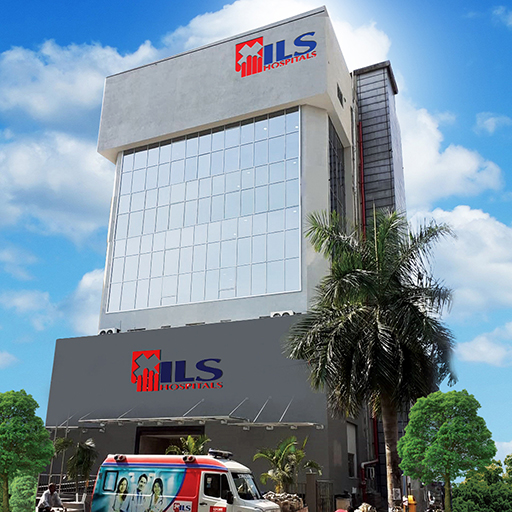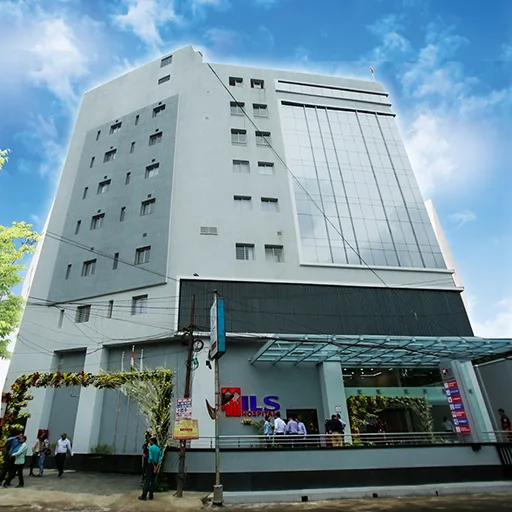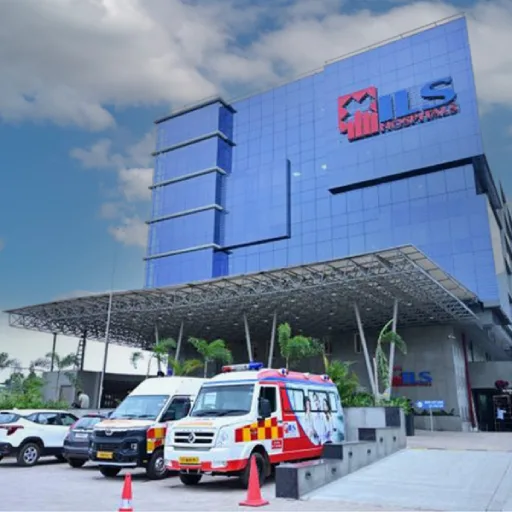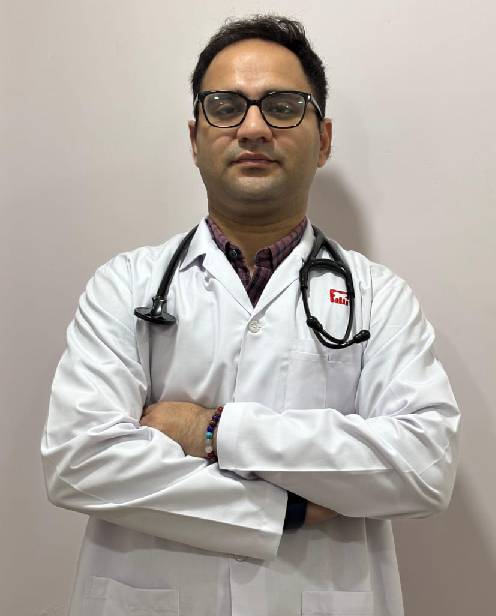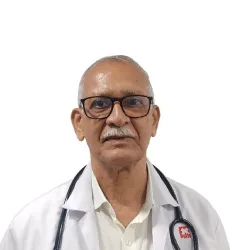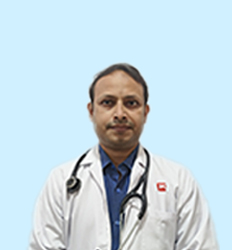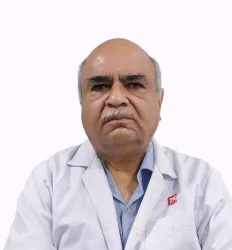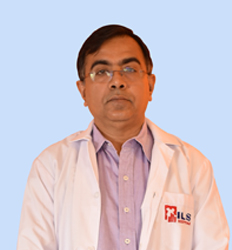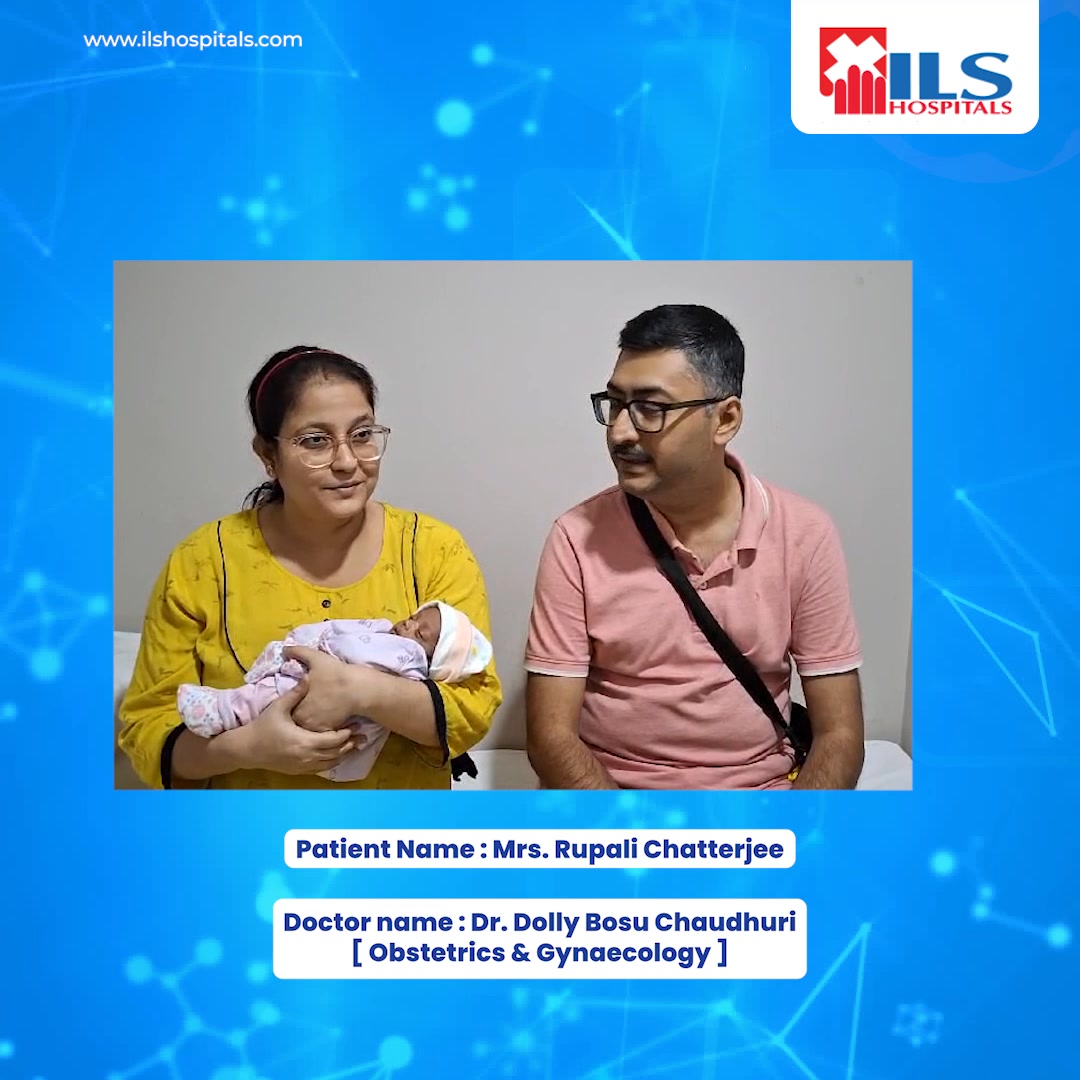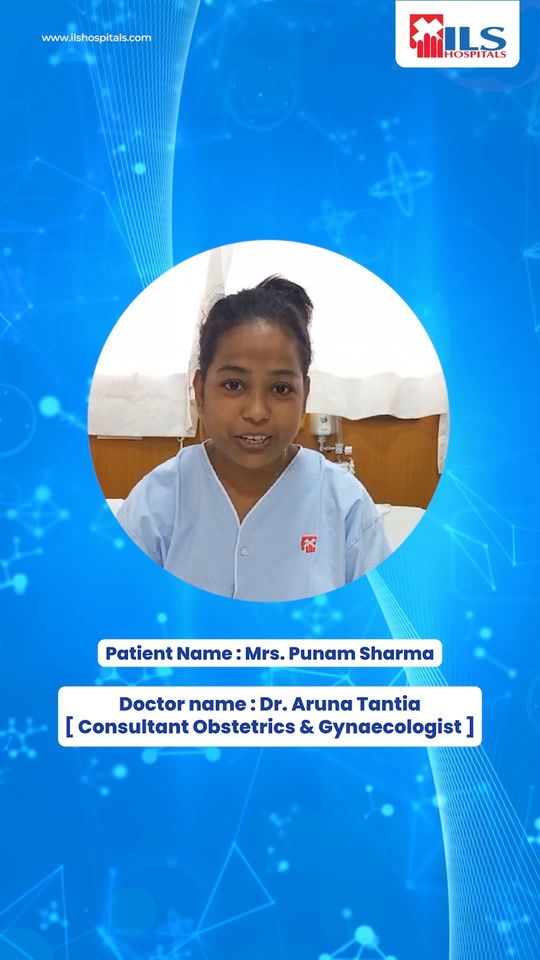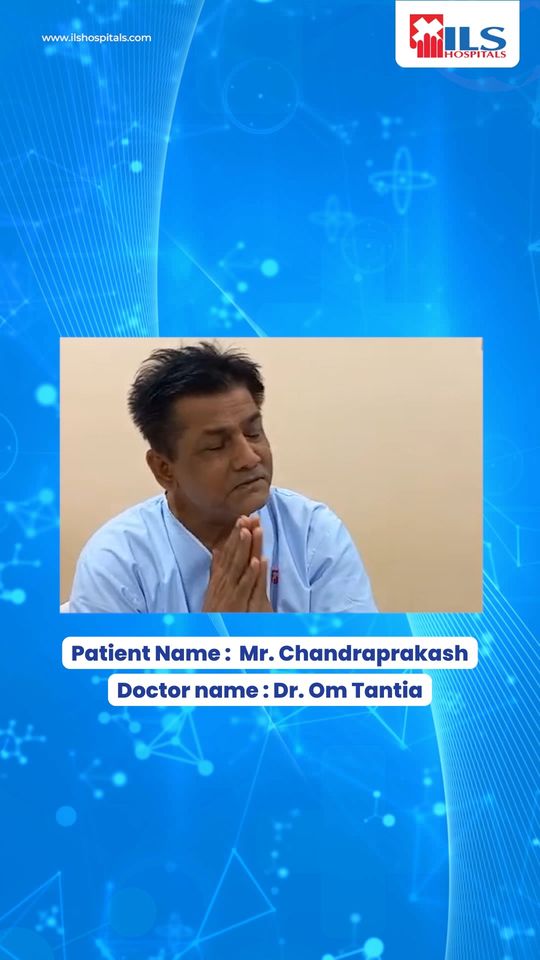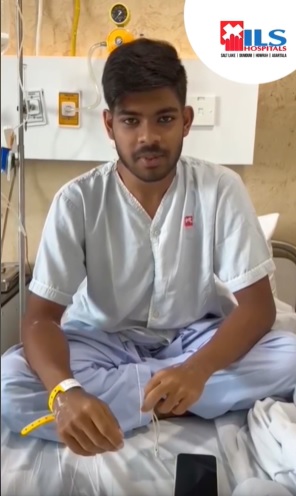Head Injury
A head injury causes harm to the skull and brain. Most head injuries are minor and transitory. However, some head injuries can result in serious problems, particularly if they cause bleeding inside the skull or damage to the brain. Everyone has hit their head on an open cupboard door or gotten elbowed during a pickup basketball game. In most cases, you’ll only need a few days to recover. However, it is always a good idea to see a doctor about a head injury, especially if you are in severe pain or have other symptoms that make you feel scared, confused, or unwell.
Types of head injuries
Healthcare providers categorize head injuries into two types:
- Closed head injuries
- Open head injuries
Symptoms
Symptoms of more serious head injuries may include:
- Headaches.
- You can feel swelling or a raised bump.
- Bruising.
- Bleeding (from the scalp, nose, or ears).
- Stiff neck.
- Clear fluid (cerebrospinal fluid) is leaking from your ears or nose.
- Dizziness.
- Nausea and vomiting.
- Mental symptoms
- Changes in your eyes or vision
- Losing consciousness
- Seizures.
Causes
Some of the most common causes of head injuries are:
- Falls.
- Car accidents.
- Physical violence (assaults, stabbings, and gunshots).
- Sports injuries.
Diagnosis
A brain injury will be diagnosed by a healthcare provider after a physical assessment, neurological exam, and certain testing. If you’re rushed to the emergency room after a trauma, the providers there may diagnose your injuries. Your provider will check your head and neck. They’ll ask about any symptoms you’re having and when they started. Tell your doctor how long it took for symptoms to appear after the accident and whether you know the exact reason. To diagnose a brain injury, your provider may use any of the following tests:
- Concussion test.
- CT scan (computed tomography scan).
- MRI (magnetic resonance imaging).
- X-ray.
- Blood tests.
Treatment
Your provider will recommend therapies based on the sort of head injury you have (and its severity). The most critical aspect of treating a head injury is minimizing bleeding and pressure accumulation inside the skull. This will safeguard your brain and avoid issues.
Most persons with moderate injuries can manage their symptoms at home by resting and avoiding strenuous physical activities. If it is okay for you to take pain medicines, your provider will recommend over-the-counter (OTC) acetaminophen. Most people cannot use NSAIDs following a head injury because they increase the risk of bleeding inside the skull.
If you have a specific injury, such as a concussion or skull fracture, your provider will explain what to expect. They will provide a treatment and recovery plan tailored to your unique injury.
People who have had moderate or severe head injuries (particularly traumatic brain injuries or open head injuries) may require surgery to repair the damage and manage bleeding and pressure within their skulls. Your provider or surgeon will explain the type of operation you will require and how long it will take to recover.
You may require physical rehabilitation following a head injury. A physical therapist will show you exercises to help strengthen your neck muscles. This is especially critical if you have whiplash (neck muscle strain).
Prevention
These general safety tips may lower your risk:
- Wear appropriate protective equipment for all activities and sports, particularly helmets or protective headwear.
- Always wear a seatbelt.
- Make sure your home and workspace are free of items that could trip you or others.
- Always use the appropriate tools or equipment at home to reach things. Never stand on a chair, table, or countertop.
Conclusion
Head injuries are terrifying, but early detection and adequate care can make a big difference in recovery. Whether you’re an athlete, a parent, or work in a high-risk environment, staying aware and taking precautions can help you and your loved ones avoid significant harm.



